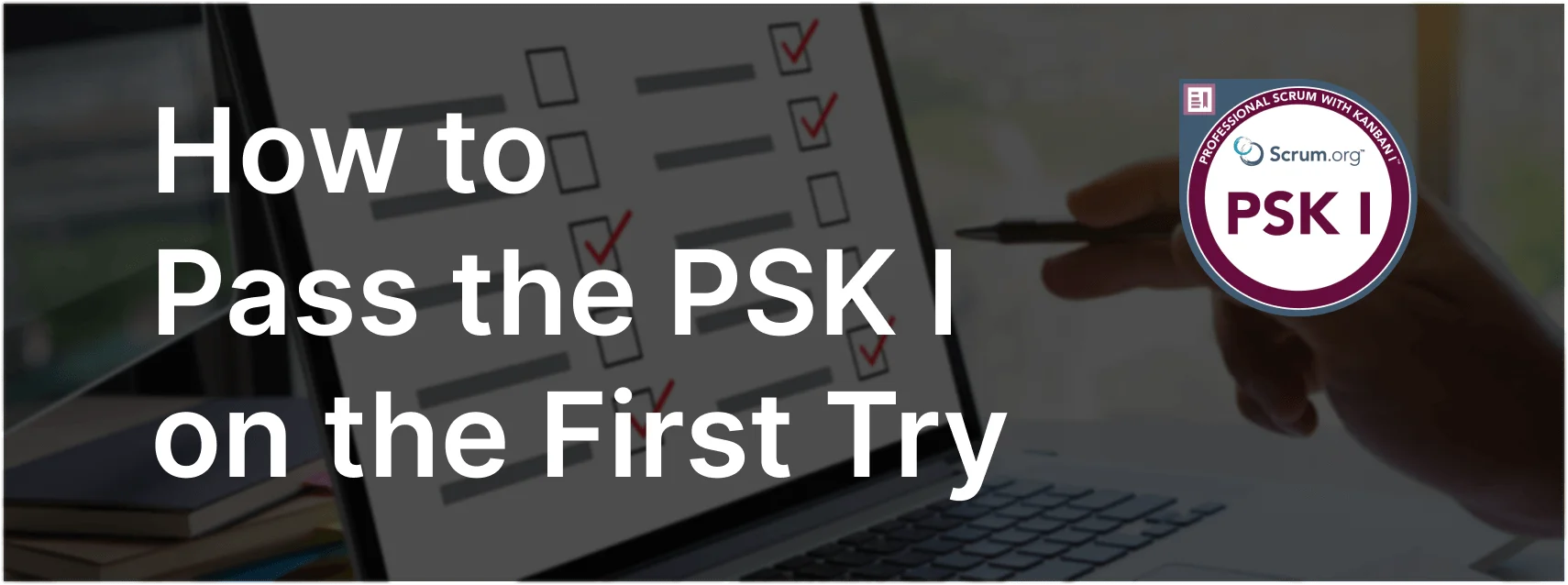Definition of Workflow Policies in Kanban
Understanding the components typically included in the Definition of Workflow policies is crucial for effectively managing and optimizing workflow in a Scrum with Kanban environment.
Exam Question
Which of these are typically included in the Definition of Workflow policies?
(choose the best six answers)
A. Definition of Done.
B. Work Item types.
C. Pull/prioritization policies.
D. Gantt chart.
E. Service Level Expectations.
F. The Increment.
G. Burndown chart.
H. Visualization policies.
I. WIP Limits.
Correct Answers
A. Definition of Done.
B. Work Item types.
C. Pull/prioritization policies.
E. Service Level Expectations.
H. Visualization policies.
I. WIP Limits.
Explanation
Correct Answers
A. Definition of Done:
The Definition of Done is a shared understanding of what it means for work to be complete. It is crucial for ensuring that all team members have the same criteria for when a work item is considered finished.
B. Work Item types:
This includes categorizing different types of work items such as features, bugs, and tasks. Clearly defining work item types helps in understanding and managing the workflow more effectively.
C. Pull/prioritization policies:
These policies determine how work items are pulled into the workflow and prioritized. It ensures that the most valuable and urgent work is done first.
E. Service Level Expectations:
Service Level Expectations (SLEs) provide guidelines on how long work items should take to complete. They help in setting realistic expectations and managing stakeholder commitments.
H. Visualization policies:
Visualization policies include rules and guidelines on how the workflow is visualized, such as the use of Kanban boards. This helps in maintaining transparency and tracking progress.
I. WIP Limits:
Work in Progress (WIP) Limits are critical for controlling the amount of work the team is handling at any given time. This helps in preventing bottlenecks and ensuring a steady flow of work.
Why the Other Options Are Less Effective
D. Gantt chart:
Gantt charts are not typically included in the Definition of Workflow policies for Kanban. They are more associated with traditional project management methods and do not align well with the flow-based approach of Kanban.
F. The Increment:
The Increment is the outcome of a Sprint in Scrum, not a policy or guideline for managing workflow. It represents the sum of all the completed Product Backlog items during a Sprint.
G. Burndown chart:
Burndown charts are used to track progress in Scrum but are not typically included in the Definition of Workflow policies for Kanban. They do not directly relate to the management of workflow policies.
Importance of Defining Workflow Policies
- Consistency: Ensures that all team members follow the same rules and guidelines, leading to more consistent and predictable outcomes.
- Transparency: Helps in making the workflow visible and understandable to all stakeholders.
- Efficiency: Improves efficiency by setting clear rules for managing work items and controlling the workflow.
Effective Practices for Defining Workflow Policies
- Collaborative Definition: Involve all team members in defining the workflow policies to ensure buy-in and shared understanding.
- Clear Documentation: Clearly document all workflow policies to avoid any ambiguity and ensure easy reference.
- Regular Review: Continuously review and refine the workflow policies based on feedback and performance metrics.
Relevance to the PSK I Exam
Understanding the components of the Definition of Workflow policies is crucial for the PSK I exam. It demonstrates knowledge of effectively managing and optimizing workflow in a Scrum with Kanban environment.
Key Takeaways
- The Definition of Workflow policies typically includes the Definition of Done, Work Item types, Pull/prioritization policies, Service Level Expectations, Visualization policies, and WIP Limits.
- These components help in maintaining consistency, transparency, and efficiency in managing the workflow.
- Regular review and refinement of these policies ensure continuous improvement and alignment with the team’s goals.
Conclusion
Incorporating the right components into the Definition of Workflow policies helps Scrum Teams effectively manage and optimize their workflow. For more information on preparing for the PSK I exam, visit our Professional Kanban PSK I™ Exam Prep.



